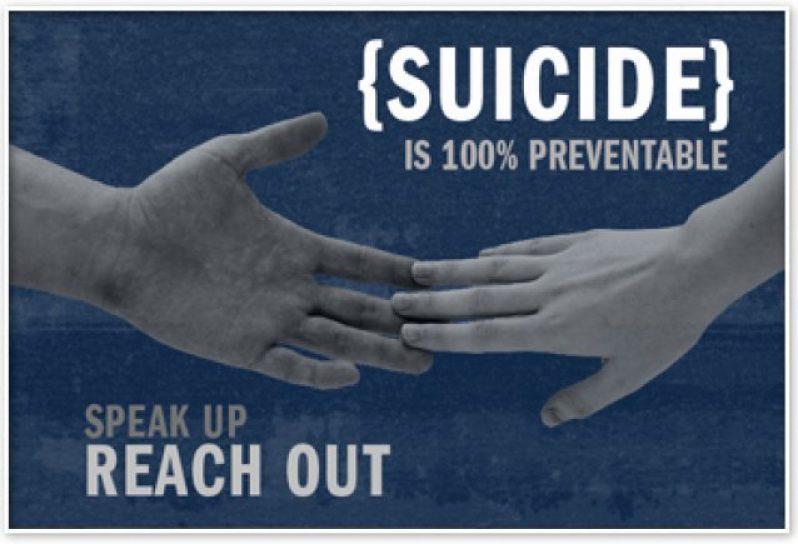The government through the Ministry of Health has developed a suicide emergency plan as the country grapples with the recent spate of suicides.
A release from the Ministry noted that on January 17, several ministers met with stakeholders including PAHO/ WHO, UNICEF, UNFPA, the Pesticides and Toxic Chemicals Control Board and health professionals to address the high incidence of suicide in Guyana.
Participants were presented with a summary of the National Suicide Prevention Plan, 2015-2020, along with an overview of the current suicide statistics.
According to the release, in the overview, the Chief medical Officer indicated that every year in Guyana, hundreds of people die from suicide, which corresponds to roughly one death every day and a half.
It was noted that suicide is among the three leading causes of death among those aged 15-44 years, and the second leading cause of death in the 10-24 age group.
These figures do not include attempts, which are approximated to be 20-25 cases for every death by suicide in the country.
It was noted that the National Suicide Prevention Plan as presented will provide guidance for the development of a joint work plan including a wide cross-section of partners.
The work plan will enable collaboration among government ministries, international partners, NGOs, FBOs and other stakeholders. The proposed activities in this multi-sectorial approach will be aligned to one of four strategic action areas:
- Risk factors reduction, health promotion and prevention;
- Reducing access to the means of suicide;
- Improving health systems response to suicidal behavior; and
- Strengthening surveillance and research on suicide in Guyana.
The first strategic area of action explored the importance of: coordination and mobilization of the NGOs and FBOs at the community, regional and national level; the development of an Information Education Communication Framework which would be guided by appropriate language and messages to the public and the use of consultations in relation to neglected areas such as Parenting Education, coping mechanisms, Youth Friendly spaces and the modification of the Health and Family Life Manual to address issues related to suicide in schools.
The second strategic action involved identifying the means of suicide and devising means of reducing access to pesticides, prescription meds, jumping, alcohol use and firearms.
The most important plans indicated are the enforcement of regulation on the sale, distribution and storage of pesticides at all levels; the creation of Poison Control and Management Centers in affected communities with necessary training of persons; and following National Conventions and food and chemical safety goals directed towards the reduction in the use of pesticides especially those of high toxicity.
Strategic action number three entails capacity (training and attitudes adapted) as health care providers, public servants and as a nation, on a whole, to respond to suicidal behaviour.
The fourth strategic action responds to the need to improve data collection process through the creation of a multi- sectoral task force, and secretariat for the management and evaluation of data.
“This Action also corresponds to the dire need for research on the different determinants of suicidal behaviour specific to our cultural setting,” the release noted.
According to the release, the meeting agreed on a rapid establishment of a multi stakeholder task force to coordinate the work of the four strategic action areas and to provide feedback to the key Minister and government.
The technical working groups each developed a short and medium term action plan of activities to be immediately implemented. The meeting agreed to a wider stakeholder’s forum nationally involving all NGOs, CBOs and FBOs to coordinate regional level actions in the areas when the problem is most acute.



.jpg)








